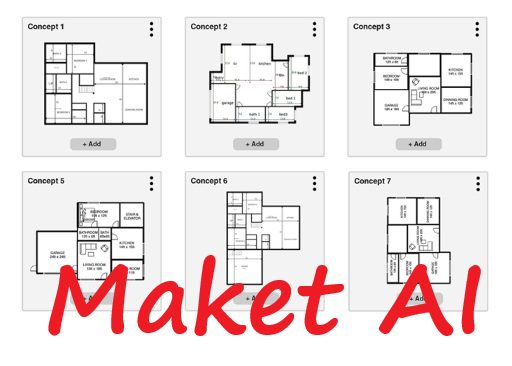🏗️ Construction Planning
Construction planning involves organizing and managing resources, schedules, and activities necessary to complete a construction project efficiently. It’s a meticulous process that encompasses everything from conceptual design to the final build, ensuring each phase is completed on time and within budget. You must coordinate labor, materials, and equipment while considering safety standards and regulatory requirements. Effective construction planning is crucial for avoiding costly delays and achieving project goals.
How AI is Disrupting Construction Planning
Artificial Intelligence (AI) is making significant inroads into construction planning, introducing tools and techniques that streamline processes and improve outcomes. For instance, AI-powered software can predict project risks by analyzing data from past projects, helping you make informed decisions. Tools like Building Information Modeling (BIM) integrate AI to optimize design and construction workflows, reducing errors and enhancing efficiency. AI-driven drones and robots are also being used for site inspections and monitoring, ensuring precision and safety. These innovations are transforming how construction projects are planned and executed, offering new levels of accuracy and productivity.
Our Recommendations and Alternatives
When considering AI tools for construction planning, it’s essential to evaluate your specific needs and project requirements. We recommend starting with AI-powered project management software to streamline your scheduling and resource allocation. For design optimization, BIM tools integrated with AI can provide substantial benefits. Additionally, consider using AI-driven drones for site inspections to enhance safety and accuracy. These technologies offer practical solutions to common challenges, making your projects more efficient and cost-effective.
-

Maket AI
Maket AI is a robust tool for those engaged in the architectural and design sectors, offering substantial innovations in how projects are designed and executed. While it has its limitations, the benefits it offers in design innovation and regulatory compliance make it a valuable asset for many.
